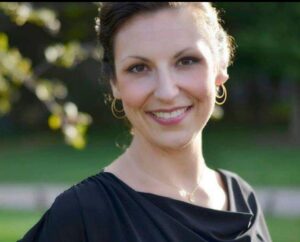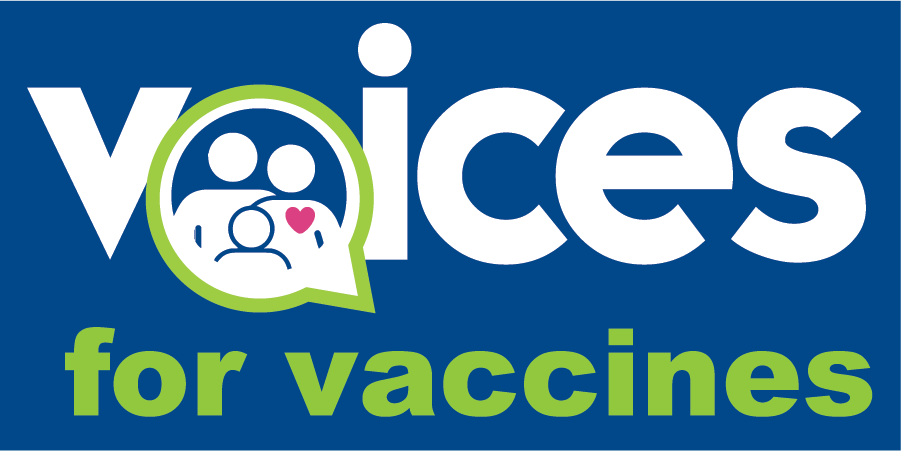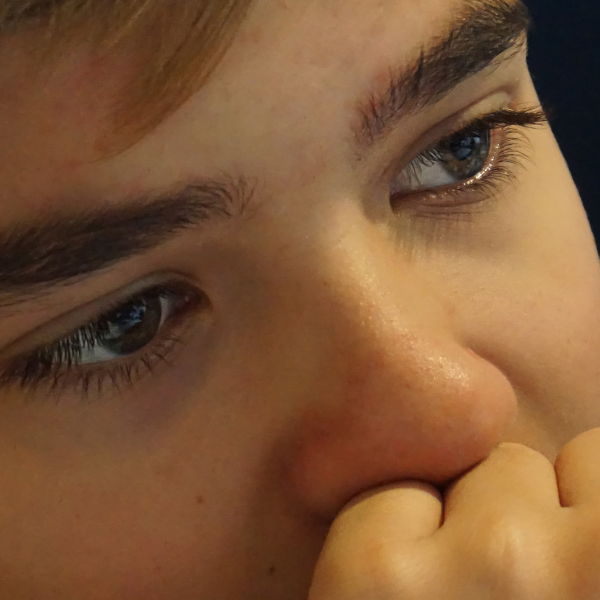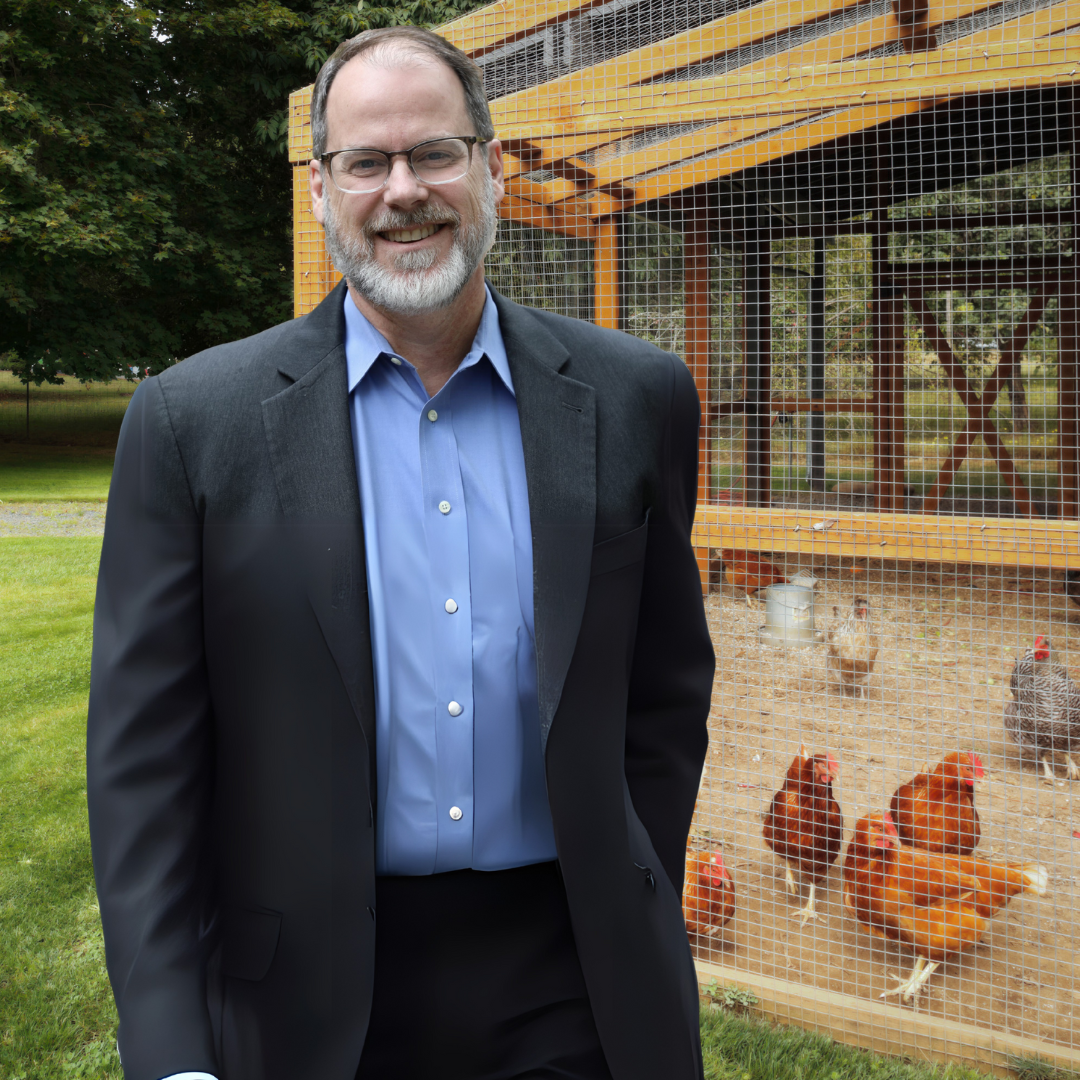In the midst of the COVID-19 pandemic, we’re focused on this one, novel infection. It’s almost as if time has stopped and we’ve forgotten about the many childhood diseases that, thanks to science, we can prevent! Is it just me, or does it feel like flu season was eons ago? But it’s our job to remember.
During the school year, I’m a substitute school nurse for kids from K-12. I was shocked in September when I started seeing flu cases in many of my students. Multiple kids were coming into my clinic in one day with fevers and malaise, and I’d find out that whole families were later diagnosed with flu. I felt awful for these kids missing so much school and the cases continued to rise throughout the season. In fact, many of my close friends and their kids ended up contracting influenza this season.
To my dismay, of those I asked who had contracted influenza, most hadn’t received their influenza vaccine. People either don’t see it as a priority, or they have fears based on the massive amount of misinformation available online.
For years I worked in pediatric hospitals and one sound I’ll never forget is an infant struggling to breathe with respiratory illnesses such as influenza and whooping cough. My heart would break for the babies as well as the parents because nothing is worse than watching your child suffer. I always worried for the children we had to transfer to the Intensive Care Unit (ICU), knowing they may suffer long-term effects to their little lungs.
I know that we need to be concerned about more than influenza and whooping cough, too. Growing up, I never met anyone my age who experienced measles, mumps, or many of the other vaccine-preventable illnesses that we’re starting to see reoccur today. I am old enough to remember the torture that was chickenpox. I spent a good week bathing in calamine lotion and I still have the scars on my face to show for it, and I’m looking forward to prevent future shingles with that vaccines. I also know how important our routine vaccines are.
Throughout this pandemic, we’re hearing stories of all sorts of vaccine trials but in actuality, a widely-available COVID-19 vaccine is likely years away. Experts are estimating that about 60%+ of the population will need to be infected before we can achieve herd immunity. Knowing all this, you may be asking yourself if you even can bring your kids in for routine vaccinations.
I have an adorable 5-year-old boy and a 3-year-old girl. We’ve been fortunate enough since Florida’s safer-at-home order was implemented not to need to visit our pediatrician. We’re due for a well-check in the summer, and our doctor announced that they’re seeing routine/vaccine appointments in the mornings and sick visits in the afternoons. They’ve been great about keeping us updated on how they’re handling the pandemic. Because of their transparency, I trust that we have the ability to take the kids into their office if we do need to be there, even for routine exams and vaccinations. I encourage you to talk with your pediatrician to learn of their office hours and rules for seeing non-sick patients for routine visits.
In this scary, uncertain time, I can imagine that thinking about something as routine as childhood vaccinations may not feel like a priority. Just remember: What we’re going through right now with lockdowns, quarantines, and a lack of uncertainty, this is all due to just ONE novel disease in our community without herd immunity. Our lives have been changed, our kids aren’t going to school or having their normal play dates. And this is from just one disease where the community doesn’t have herd immunity. How much more awful and isolating would this experience be if COVID-19 been as  contagious as measles? If this has taught me anything, it’s that we need to keep encouraging parents to keep their kids up to date on their shots. If you’re feeling powerless to protect your children right now, this is one small thing you can do to protect them and the public as a whole.
contagious as measles? If this has taught me anything, it’s that we need to keep encouraging parents to keep their kids up to date on their shots. If you’re feeling powerless to protect your children right now, this is one small thing you can do to protect them and the public as a whole.
Shannon Keever is a Certified Pediatric Nurse with a background in pediatric and maternity nursing. She is currently a substitute school nurse with a passion for educating families about children’s health. When she’s not working in schools, she enjoys spending time with her 3 children and husband at their home in sunny Bradenton, Florida.



